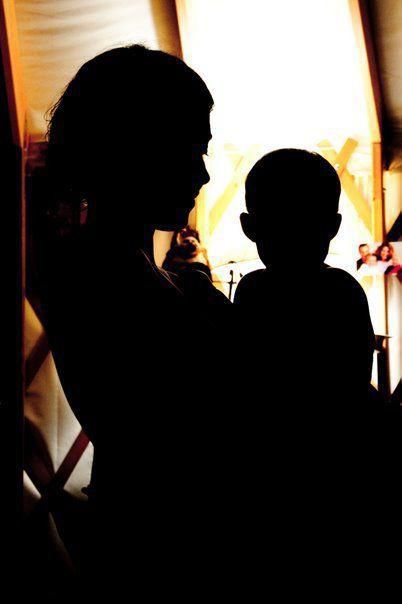Some information may be outdated.
A few months ago, I was both nervous and excited for my youngest to start daycare. She was five months old and getting bored of coming to work with me. Once content simply to sit on my lap while I composed emails, read drafts and wrote the occasional article, she now wiggled and squirmed and sought my attention. I did my best to tend to her and to my duties as publisher of the Moab Sun News simultaneously, feeling that neither got the focus I wanted to give.
The plan was that the baby would start going to daycare with her older sister at a nice, licensed provider close by, where I could easily pop over to nurse her or comfort her if she needed it. It was hard leaving her there the first few days, but after that, she seemed to enjoy her time there, which was a relief to all involved. I was able to give my all to work and then focus on the kids in the evenings. Our lives were just settling into this new, comfortable rhythm when the COVID-19 pandemic hit.
Both the girls were taken out of daycare, partly as a health precaution, but also because we now had two elementary-school-aged kids who would be at home and need supervision. Economic uncertainty caused by the pandemic response was another big factor – daycare is expensive, and it seemed prudent to cut costs where we could.
Now I am not only working while minding a baby, but a toddler and two older kids as well. If I am on a work call, I am almost certainly also bouncing a child on my hip, changing a diaper, wiping up a spill or something like that. Getting both of the little ones to nap at the same time, so I can work in peace and quiet for a few hours, is like winning the lottery.
But it’s amazing how quickly perspective can change: now, instead of seeing foremost the ways in which my work and family life balance could be improved, I’m more just grateful for our health and that we can make things work – however imperfectly– in this strange and uncertain time. And I feel in good company, as many caregivers are doing similar juggling acts of responsibility right now. I have an 11-year-old who distracts the toddler so I can get a few things done, and a supportive work team who makes up for my reduced productivity. In the context of the novel coronavirus, this is a win.
But in our new context, what is a win in the long term? It is hard to form goals and plan when we don’t know what “normal” looks like anymore. Moab is set to start opening back up for business this week. Will we return to something like the old normal, only with extra public health safety precautions? Or will the virus rage here as it has done elsewhere, forcing us back into retreat? And, what other unforeseen events might be on our horizon?
The pandemic may be getting all the headlines right now, but climate change is still happening. It was recently reported that the U.S. National Oceanic and Atmospheric Administration calculates there is a 75% chance that 2020 will be the hottest year since measurements began, and nearly a certainty that it will be among the top five hottest years. We know that a warming planet means we may expect more extreme weather which, amongst other effects, creates uncertainty for agriculture – and our food supply system is already under strain due to plant closures and worker shortages caused by the pandemic.
I don’t say any of this to be pessimistic, but just to acknowledge that it is a good idea to look at both best-case and worst-case scenarios as we consider the future. Especially now, when we don’t know what normal looks like, “adaptability” becomes a goal in and of itself.
I see signs that a lot of us are on the same page with this. It seems a lot more people are starting vegetable gardens this year, and Farm and City can’t keep chicks in stock as they sell so quickly. As we reported last week, the Seventh Day Adventist church is planting thousands of pounds of potatoes, just in case “normal” is a little more complicated than it used to be. Mutual aid groups, such as the Facebook group Moab Stone Soup and the Grand County COVID-19 Community Task Force, as well as the Bluff Area Mutual Aid in San Juan County, have formed as community members seek to take care of one another. These are just a few examples.
Best-case scenario: we move forward with a stronger culture of community togetherness – no matter what “normal” turns out to be.
Heila Ershadi is the Co-Publisher of the Moab Sun News.
Appreciate the coverage? Help keep local news alive.
Chip in to support the Moab Sun News.



